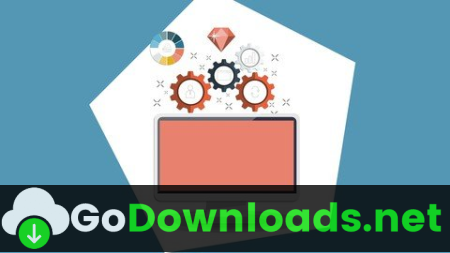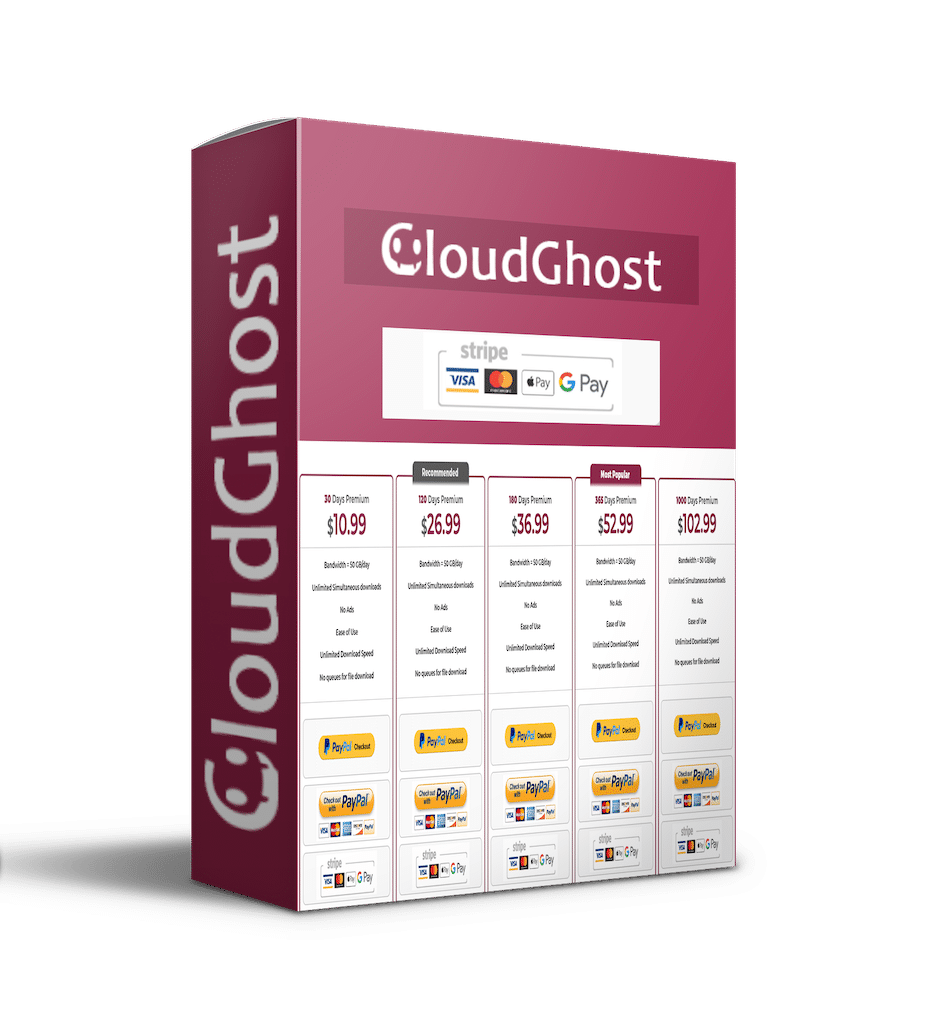Cool
Learning Path Drupal Responsive Apps With Drupal 8 Free Download

Last updated 3/2018MP4 | Video: h264, 1280×720 | Audio: AAC, 44.1 KHzLanguage: English | Size: 994.04 MB | Duration: 8h 54m
Level up your web app development skills to build a fully featured, multilingual, responsive Drupal 8 application
What you’ll learn
Discover how to create complex websites quickly
Find out how to use the building blocks of Drupal 8
Work with the powerful Views module
Use different plugins and create your own plugins
Understand how to test, deploy and monitor your application
Use Drupal 8 core components to build richly featured websites
Enhance the functioning of existing modules and add new functionality by writing your own custom modules
Make your website accessible to non-human visitors with Drupal 8’s built-in REST capabilities
Requirements
Basic knowledge of CMS systems function will be useful
Basic programming knowledge of PHP, javascript (jQuery), HTML, and CSS is needed
Description
Drupal is one of the most popular web content management systems on the planet and offers an incredible array of features and functionality. Small nonprofits and businesses to multi-billion dollar multinational companies are all using Drupal as the core of their presence on the web. Drupal 8 brings a lot of groundbreaking changes to its ecosystem, from basic architectural to functional. Understanding these changes is vital to you if you are trying to explore Drupal 8 and become a qualified Drupal 8 professional. Drupal will help you build your skill level from ground level up and enable you to create an efficient Drupal 8 application from scratch. If you’re interested to build a fully featured, multilingual, responsive web application with Drupal 8, then go for this Learning Path.
Packt’s Video Learning Paths are a series of individual video products put together in a logical and stepwise manner such that each video builds on the skills learned in the video before it.
The highlights of this Learning Path are:
Explore the world of various views and components in Drupal 8
Understand how to test, deploy and monitor your application
Leverage Drupal 8’s mobile-first philosophy to make your website accessible on any device
This practical step-by-step Learning Path will ensure that you build a stunning, fully-featured, multilingual, and responsive web-application with Drupal 8.
Let’s take a quick look at your learning journey…
You’ll start off with the primary focal points of Drupal 8’s key features and its importance. Then, you’ll start building your Drupal 8 app, create the application architecture, and use Drupal 8’s views and components extensively. You’ll learn how to create reusable templates using PHP scripting, use plugins, and develop simple plugins on your own. You’ll explore the use of views module (now part of core!) and other contributed modules to add a bit of customization to the site. You’ll also create a new functionality of your own, including providing REST web services. Finally, you’ll take a brief look at how to create a mobile-friendly theme that ensures anybody on any device can take advantage of the amazing site you’ve built.
By the end of this Learning Path, you’ll have acquired core components of Drupal 8 to test, deploy, and monitor your fully-featured, multilingual application effectively with no custom coding.
Meet Your Expert
We have the best work of the following esteemed author to ensure that your learning journey is smooth:Jason Blandahas been professionally developing and deploying websites using the Drupal content management system for over 7 years. He runs the One Stop How to Guys YouTube channel, offering a wide variety of free educational courses including but not limited to Drupal 8. He is the Co-Founder and CEO of Arch board Media, a website development company in Canton, Ohio, building websites and web apps on the Drupal content management system.In a prior life, Marc Isaacson was an AS/400 RPG application developer. He left the programming field entirely in 2001 to pursue other interests, including teaching High School math. Marc first fell in love with Drupal in 2008 when he was playing around with creating websites for his own projects. At the , he didn’t have any intention of returning to the programming field; Drupal was just a tool that helped him to get the job done. After a series of life events conspired to bring him back to programming, he decided to teach himself to be a web developer. Naturally, he chose Drupal as the tool to learn. Marc started building websites for clients in 2010 and now specializes in using Drupal as a framework to build custom web applications. Marc has attended and presented at many Drupal camps, including DrupalCamp Colorado and BADCamp. He has also attended every North American DrupalCon since DrupalCon Denver in 2012. His first acting as a Core Sprint Mentor was at DrupalCon New Orleans in 2016.
Overview
Section 1: Drupal 8 for Bners
Lecture 1 The Course Overview
Lecture 2 Whats New
Lecture 3 Installing MAMP
Lecture 4 ing Drupal 8
Lecture 5 Setting Up the Database
Lecture 6 Installing Drupal 8
Lecture 7 It’s Alive
Lecture 8 Content Types in Drupal 8
Lecture 9 Extending Your Reach with Modules
Lecture 10 Using Blocks with Drupal 8
Lecture 11 Creating Contact Forms
Lecture 12 Understanding Views
Lecture 13 Setting up a View
Lecture 14 Working with Contextual Filters
Lecture 15 Sending it Out with REST-First
Lecture 16 ing a Theme
Lecture 17 Custom Thg Part 1 Info File
Lecture 18 Custom Thg Part 2 Files and Folder Structure
Lecture 19 Custom Thg Part 3 Template Overriding
Lecture 20 Roles and Permissions
Lecture 21 Database Transfer
Lecture 22 File Transfer
Lecture 23 Managing Module Updates
Lecture 24 Managing Core Updates
Lecture 25 Reading the Reports
Lecture 26 Setting up the Content Types
Lecture 27 Creating Roles
Lecture 28 Creating Our News Feed Views
Lecture 29 Creating an RSS View Feed
Lecture 30 Creating a Recent News Block
Lecture 31 Adding a Contact Form
Lecture 32 Setting Up a REST API
Lecture 33 Naming and Placing your Extension
Lecture 34 Creating a Composer File
Lecture 35 Creating the Info File
Lecture 36 Adding Functionality
Lecture 37 Understanding Additional Files
Section 2: Mastering Drupal 8 Development
Lecture 38 The Course Overview
Lecture 39 Getting the Best out of the Course
Lecture 40 Exploring the Standard Installation Profile
Lecture 41 Creating Our Vocabularies
Lecture 42 Student Exercise – Creating Vocabularies
Lecture 43 Preparing to Work with Site Content
Lecture 44 Creating Our First Custom Content Type
Lecture 45 Creating Our First Piece of Content
Lecture 46 Student Exercise – Defining Content Type
Lecture 47 Creating a User Guide with the Book Module
Lecture 48 Working with Pages and Menus
Lecture 49 Student Exercise – Providing More Content
Lecture 50 Using Blocks
Lecture 51 Using Drupal’s Editing Experience
Lecture 52 Managing Roles, Permissions, and Users
Lecture 53 Creating a Page with an Exposed Filter
Lecture 54 Creating a Block Display with Views
Lecture 55 Student Exercise – Put the New Skills to Use!
Lecture 56 Understanding Drupal’s File Structure
Lecture 57 Using Pathauto to Generate URL Aliases
Lecture 58 Using Colorbox to Create Product Image Gallery
Lecture 59 Combining Video Embed Field and Colorbox
Lecture 60 Student Exercise – Making Use of Functionalities
Lecture 61 Exploring Tours
Lecture 62 Creating Our Own Tour
Lecture 63 Making Our Tour Available to Anonymous Visitors
Lecture 64 Creating the Product Custom Module
Lecture 65 Student Exercise – Create a Custom Module
Lecture 66 Creating a Controller
Lecture 67 Triggering a Modal Display
Lecture 68 Student Exercise – Requirements for Building a Controller
Lecture 69 Defining an Interface
Lecture 70 Creating a Service
Lecture 71 Student Exercise – Create an Interface
Lecture 72 Writing a Service
Lecture 73 Writing a .module File
Lecture 74 Writing a QueueWorker Plugin
Lecture 75 Student Exercise – Write Your First Plugin
Lecture 76 Creating a Configurable Custom Block
Lecture 77 Student Exercise – Understand the Unique Details to Complete a Block
Lecture 78 Retrieving Information from an HTTP Request
Lecture 79 Student Exercise – Learn to Use a Service
Lecture 80 Student Exercise – Layout Your Own Service
Lecture 81 Understanding Drupal’s Core REST Services
Lecture 82 Understanding the Contrib REST UI Module
Lecture 83 Consuming Data from Drupal via REST
Lecture 84 “GET”ting Data Through Views
Lecture 85 “GET”ting Data Through Drupal Core
Lecture 86 “GET”ting Data Through Custom Code
Lecture 87 “POST”ing Data Through Drupal Core
Lecture 88 “POST”ing Data Through Custom Code
Lecture 89 Student Exercise – Configure the REST Resource
Lecture 90 “PATCH”ing Data Through Drupal Core
Lecture 91 “PATCH”ing Data Through Custom Code
Lecture 92 Student Exercise – Complete the Steps!
Lecture 93 Student Exercise “DELETE”ing Data Through REST
Lecture 94 Using the Language Module
Lecture 95 Using the Content Translation Module
Lecture 96 Configuring Views for Multilingual
Lecture 97 Student Exercise – Translation and Configuration
Lecture 98 Using the Interface Translation Module
Lecture 99 Using the Configuration Translation Module
Lecture 100 Student Exercise – Completing the Translation Process
Lecture 101 Testing Our Code
Lecture 102 Writing Unit Tests
Lecture 103 Student Exercise – Write Unit Test
Lecture 104 Writing Kernel Tests
Lecture 105 Student Exercise – Write Your Own Kernel Test
Lecture 106 Writing Functional Tests
Lecture 107 Student Exercise – Test Another Functional Block
Lecture 108 Writing Functional javascript Tests
Lecture 109 Student Exercise – Writing Another Functional javascript Test
Lecture 110 Creating the Ocean Temperature Data Entity
Lecture 111 Creating a Better Entity Listing
Lecture 112 Creating the Validation Service
Lecture 113 Creating the REST Resources
Lecture 114 Writing the PHPUnit Tests
Lecture 115 Cloning an Existing Environment
Lecture 116 Using a Local Settings File
Lecture 117 Porting Changes from Development to Production
Lecture 118 Student Exercise – Clone Your Existing Environment into a “Production” Environme
Lecture 119 Defining a Custom Theme
Lecture 120 Managing Asset Libraries
Lecture 121 Using Twig Templates
Lecture 122 Student Exercise – Complete Your Custom Theme
Lecture 123 Introduction
Lecture 124 Setting up a Local Development Environment
Lecture 125 Installing and Updating Drupal Manually
Lecture 126 Digging Deeper into Important Concepts
Lecture 127 Understanding How Drupal 8 Approaches Things
Lecture 128 Learning More About OOP Concepts and Tools of the Trade
If you are a web developer with basic knowledge of how CMS systems function, then this is the perfect Learning Path for you.




